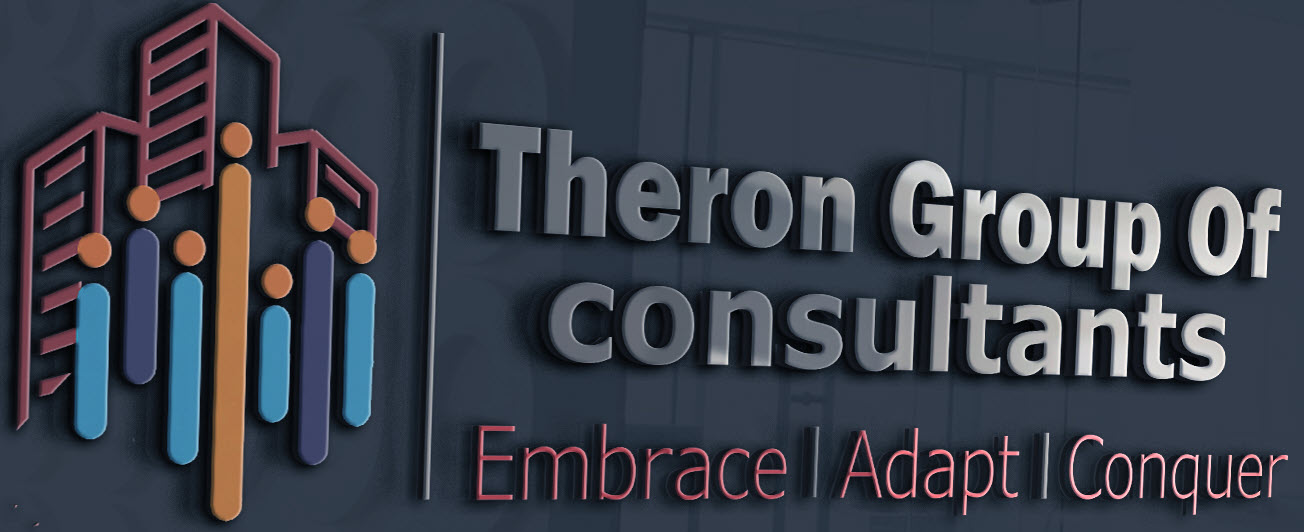Explain the meaning of conflicts of interest (a type of moral hazard), and why they may arise in financial institutions.
Conflict of interest is a type of moral hazard problem that arises when a financial institution has multiple objectives and as a result, has conflicts among these objectives. In these financial institutions conflict of interest rate arises when a financial institution provides multiple services. Moral hazard arises when the firm with competing objectives withheld information or disseminate misleading information. Reason or why conflict of interest may arise include the following:
- Underwriting and research in investment banking – conflict of interest arises in the investment banks in their objectives of providing their research and underwriting. Conflict of interest arises between the brokerage and underwriting services because the banks will be attempting to simultaneously serve two client groups, the security-issuing firms, and the security-buying investors.
- Auditing and consulting in accounting firms – conflict of interest will arise when the auditor offers both auditing services and non-audit services, like advice on taxes, accounting management information system. This will lead to biased audit reports.
- Credit assessment and consulting in credit rating agencies – In the credit-rating industry, the issuers of securities pay a rating firm such as Standard & Poor s or Moody s to have their securities rated. Because the issuers are the parties paying the credit-rating agency, investors and regulators worry that the agency may bias its ratings upward to attract more business from the issuer.

